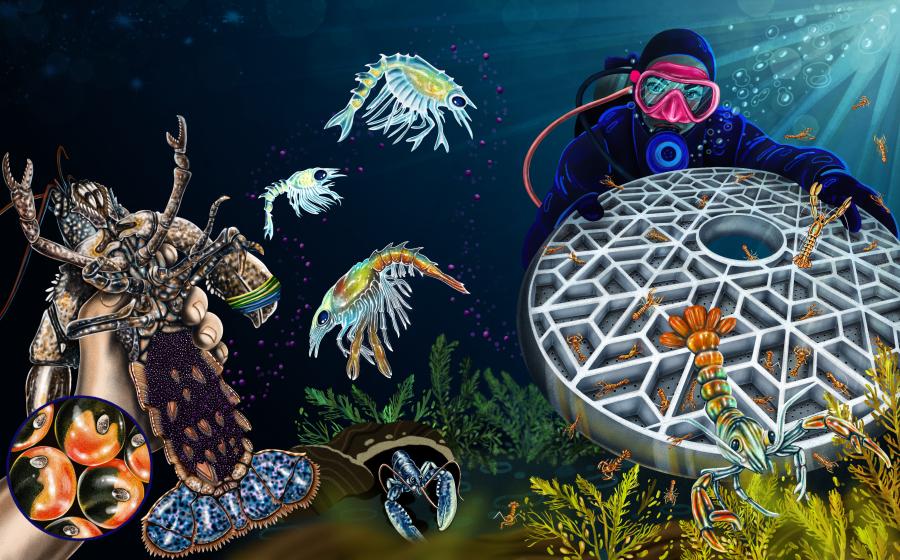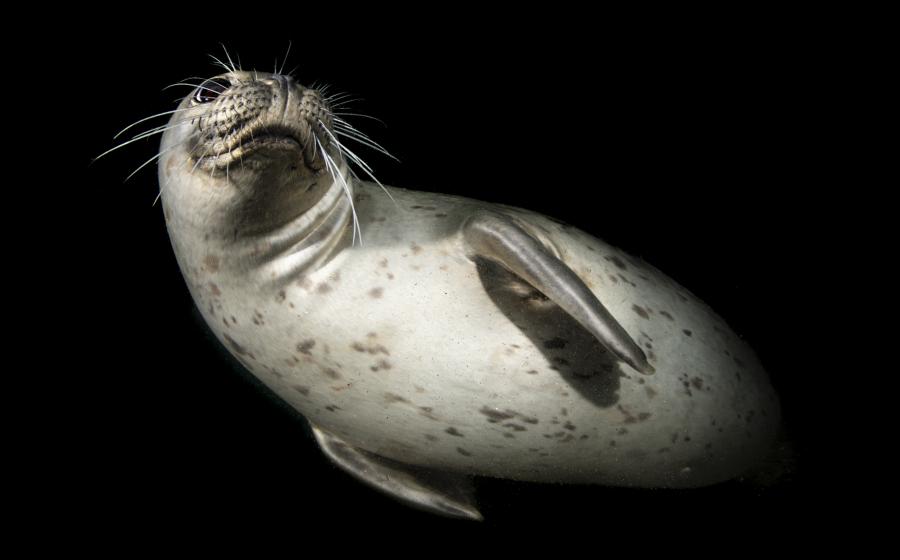Five Cenote Dives for Beginners in Mexico's Yucatan Peninsula

Brandi MuellerDivers fin through the Garden of Eden cenote.
Millions of years of limestone erosion under Mexico's Yucatan Peninsula has created miles and miles of under-earth rivers and cave systems. Occasionally the ceilings collapse, opening an area that may look like a big puddle or a lake, allowing divers to enter and explore. Some are large openings and some small, some shallow and some deep: All told there are are over known 3,000 cenotes in the region, with new ones being found all the time.
It can be overwhelming to decide which to visit first, especially if you haven’t dived in caverns before. It's advisable to discuss your experience and comfort levels with local dive operator — they can give recommendations specific to your itinerary and skills — but these five cenotes are all-around great for first-timers.
Dos Ojos
One of the most popular cenotes is Dos Ojos, translating to “Two Eyes” in Spanish. The “two eyes” are actually two cenotes connected by a cavern, and it’s set up for two excellent dives: the Barbie Line and the Bat Cave Line. Each has a cavern line taking divers into large and open overhead environments, with beautiful stalactites and stalagmites and other geological features. With a max depth of about 30ft and relatively short cavern lines, this is a great place to start out and see if you like cavern diving. This is also a popular cenote for snorkeling.
Car Wash
Cenote Aktun Ha, commonly called Car Wash because many years ago it was a popular place for taxi drivers to wash their cars, is one of my favorites. There is a cavern line going into large, open areas and bits of Mayan pottery can be seen. Cenotes are important to the ancient Mayans and some were considered to be entrances into the underworld. There is plenty to see outside of the cavern at Car Wash too, such as beautiful pink lily pads that reach from the bottom to the surface. There are lots of freshwater fish, the occasional turtle and sometimes a resident crocodile.
The Pit

Brandi MuellerThe Pit
The Pit is excellent for cenote beginners who are comfortable with deep diving. A large “pit” in the Earth allows for long, beautiful beam of lights to shine down to around 100 feet. The dive usually starts out by descending near the bottom where there are tree branches and a bit of a hydrogen sulfide layer that swirls like fog around the branches. Created by the decomposition of the tree matter the white whisps make it look like you’re swimming through an ethereal enchanted forest with light beams shinning down. Then divers slowly circle the walls of the cenote and looking back into the center at the dancing light beams feels otherworldly.
Angelita
To really see a cloud of hydrogen sulfide, Angelita is the place to go. Another large and open cenote with only one small swim through, this cenote feels like you are descending into the sky. Good for beginners who are comfortable with deep diving, at around 100 feet is a layer of hydrogen sulfide stretching the entire length of the cenote. Looking down it appears like a sky of thick clouds is moving below you. Near the middle is a pile of trees and branches. The cloud is not the bottom though, as the cenote continues much deeper, but with little light or much to see past the cloud layer.
Garden of Eden/Ponderosa
On the surface, Garden of Eden looks like a glorious swimming hole surrounded by lush jungle. There is plenty of shallow area to snorkel or check out numerous types of colorful freshwater fish and this cenote is popular for training. Eden’s cavern line leads under what looks like a rock ledge with light visible on the other side. As you get closer to the light on sunny days, it turns into a curtain of light beams shining down and dancing in front of you. It’s a spectacular sight. On cloudy days it’s still magical with tree branches and roots protruding down into the water.
Need To Know
Dive Conditions: Water temperatures in the cenotes stay around 75 degrees year-round. A 5mm or 7mm wetsuit is recommended. Most beginner cenotes have spectacularly clear visibility but, in some, silt can be easily stirred up by bad buoyancy or a stray fin kick and reduce crystal clear conditions to zero. Occasionally heavy rains can cause tannic runoff from land into the water and change the color to oranges, reds, browns or greens.
What To Bring: Flashlights. Similar to a night dive make sure to have a primary and a back-up light. Some dive shops will attach a light stick to your BCD or leave a small back up light on to identify you in case your light goes out. Make sure your dive computer and depth/pressure gauges have backlit illumination or light up so you can read them easily.
When To Go: Year-round. Certain cenotes have better light beams certain times of year and day, so inquire with your dive operation if that’s what you’re interested in.
Extra Fees: Each Cenote requires an entrance fee and to dive you must be accompanied by a certified guide or be a certified cave diver. There are often extra charges for cameras and droves with prices varying at each site and by the size of the camera.










